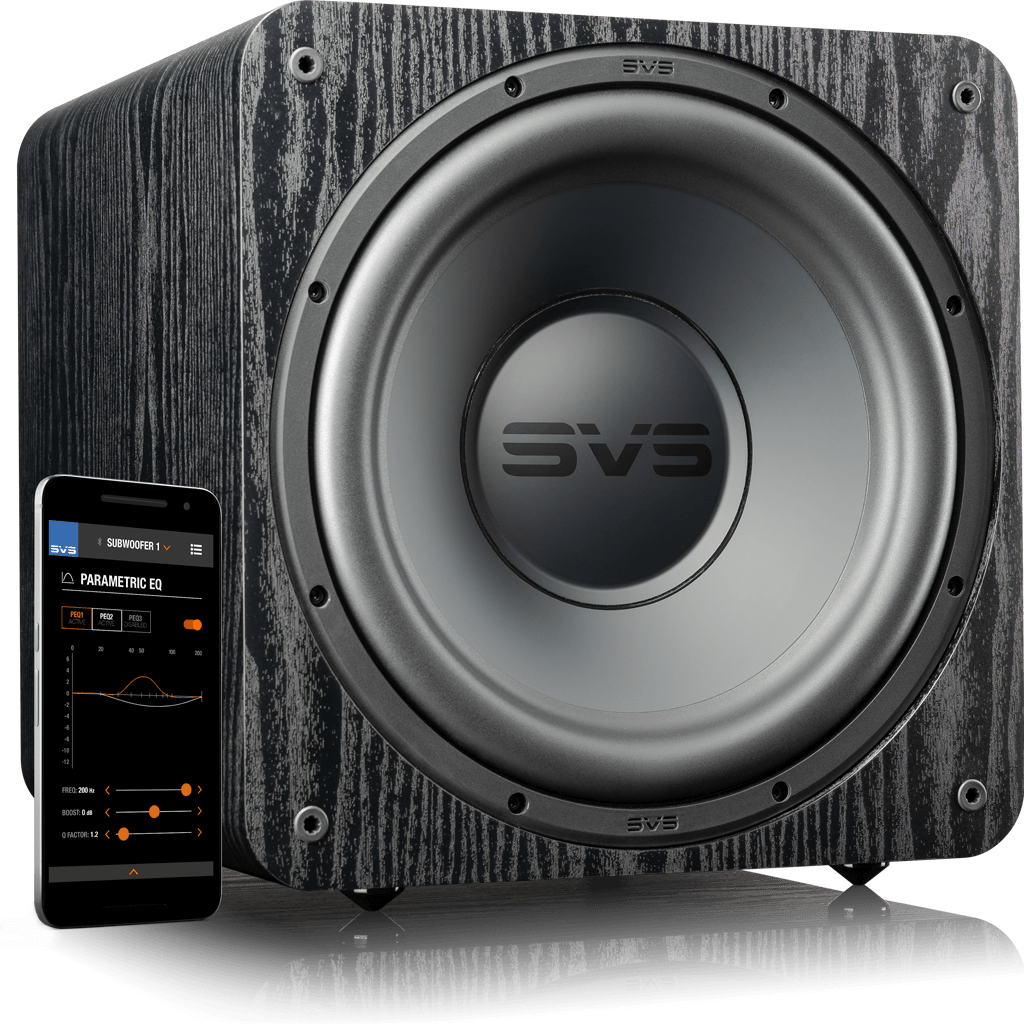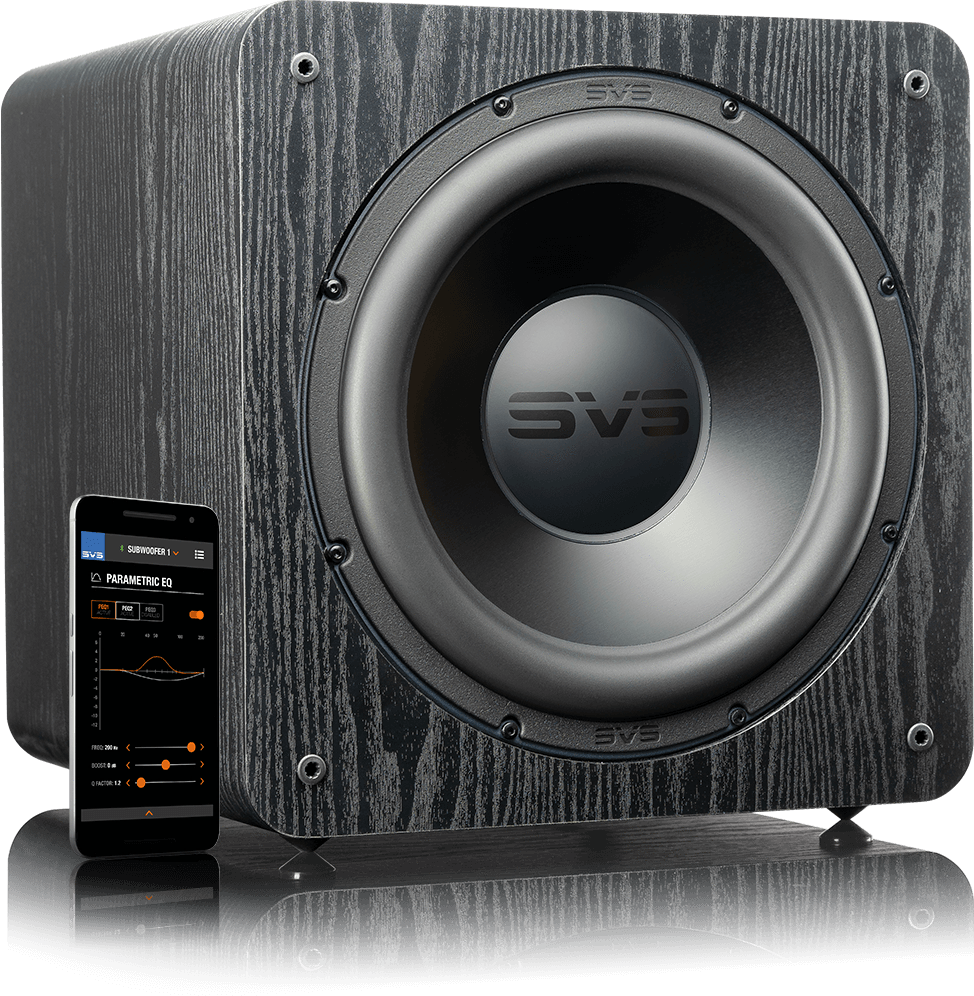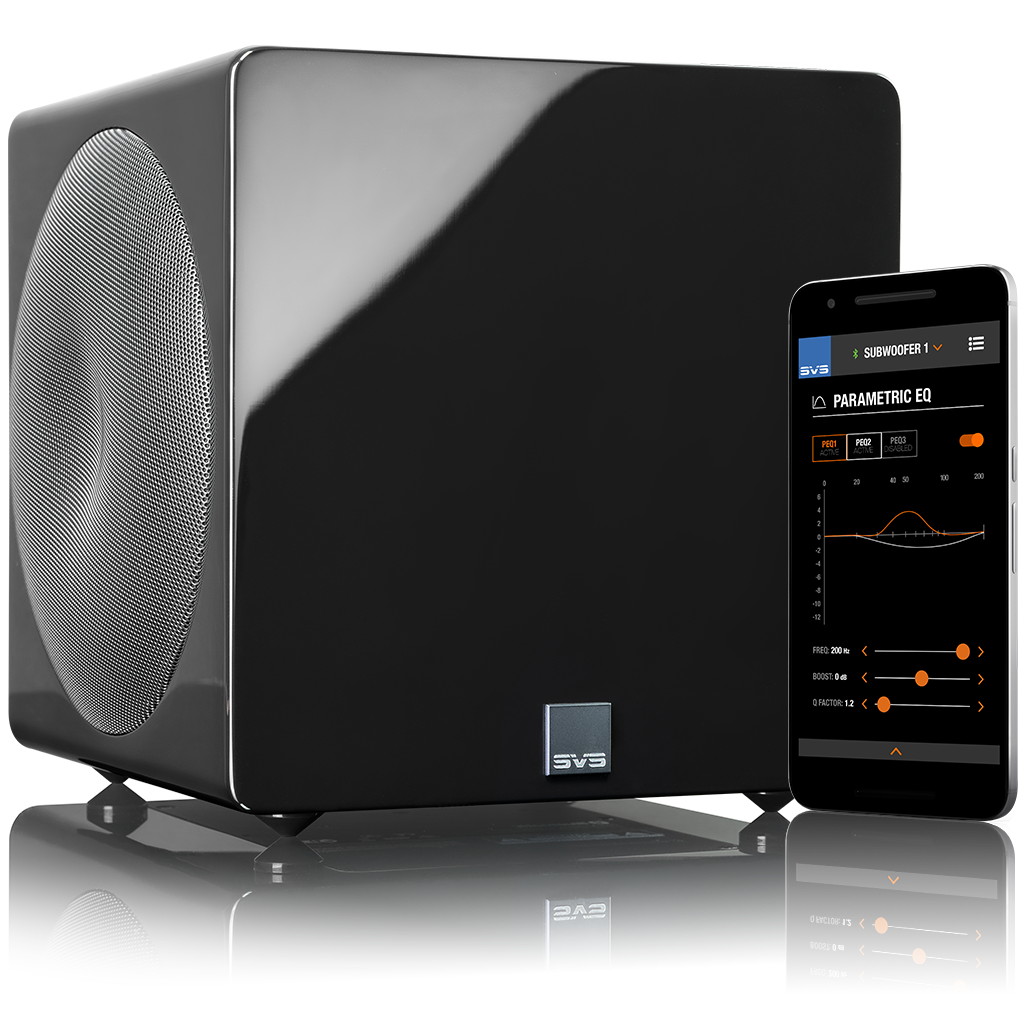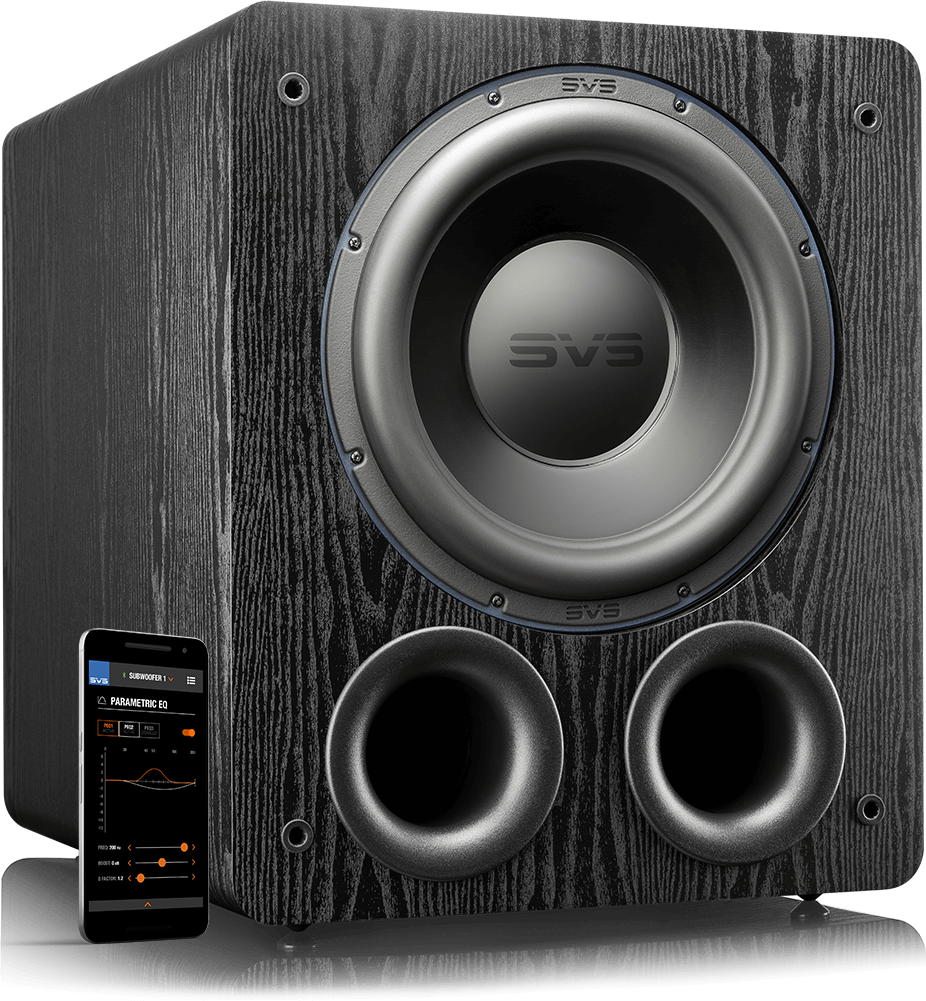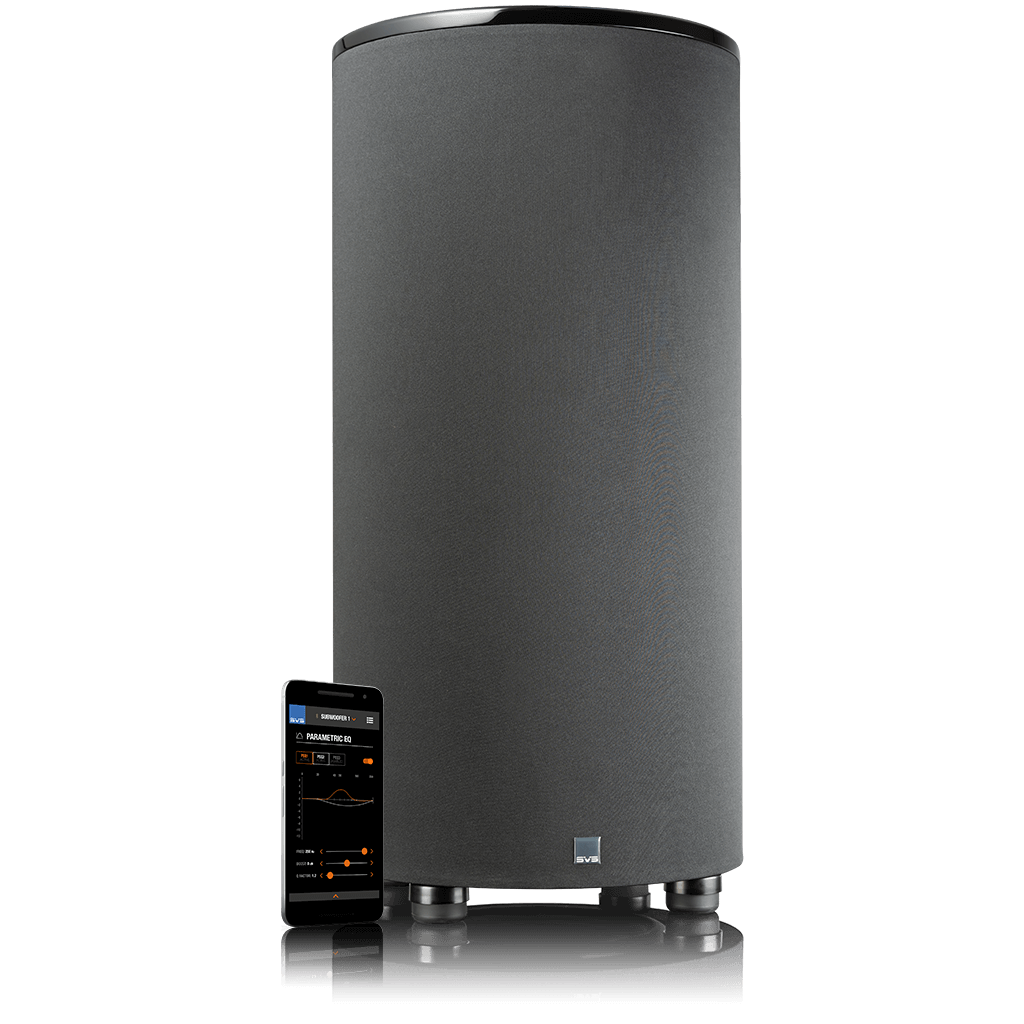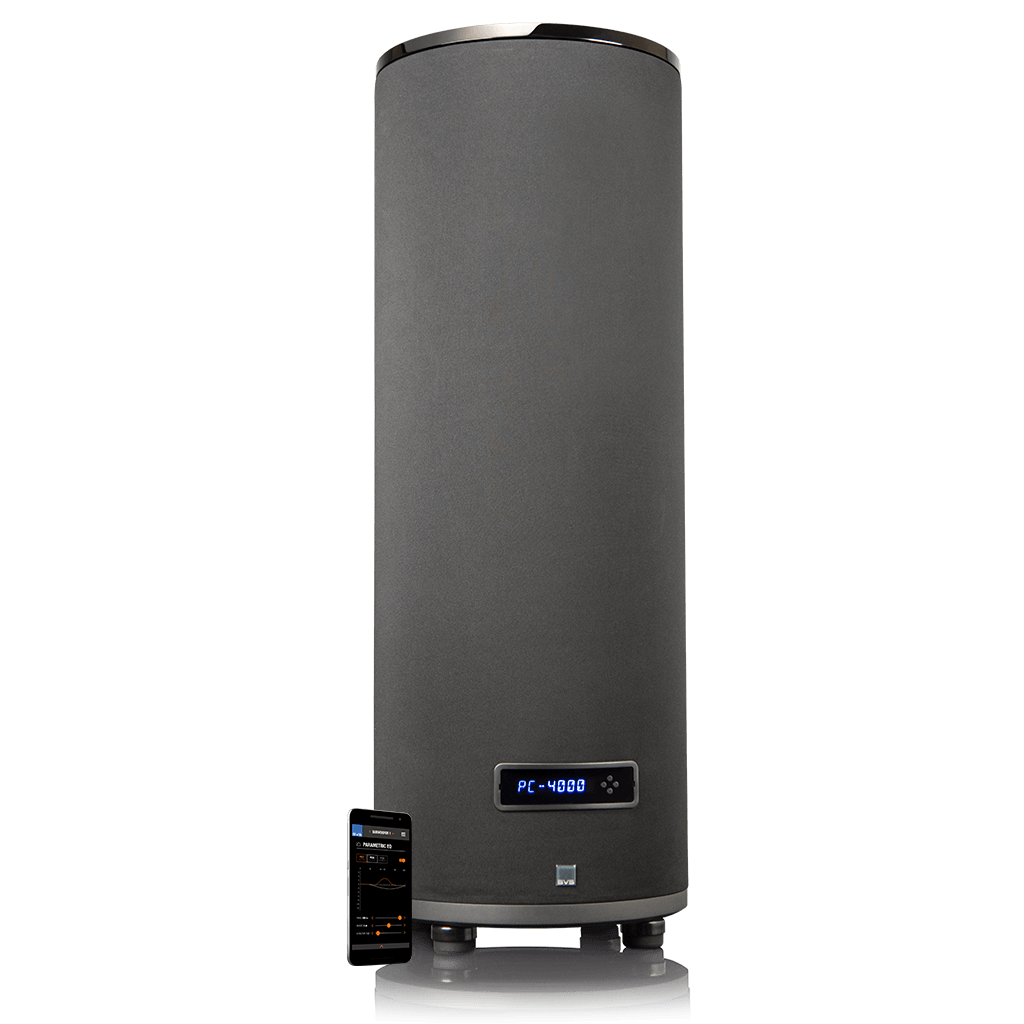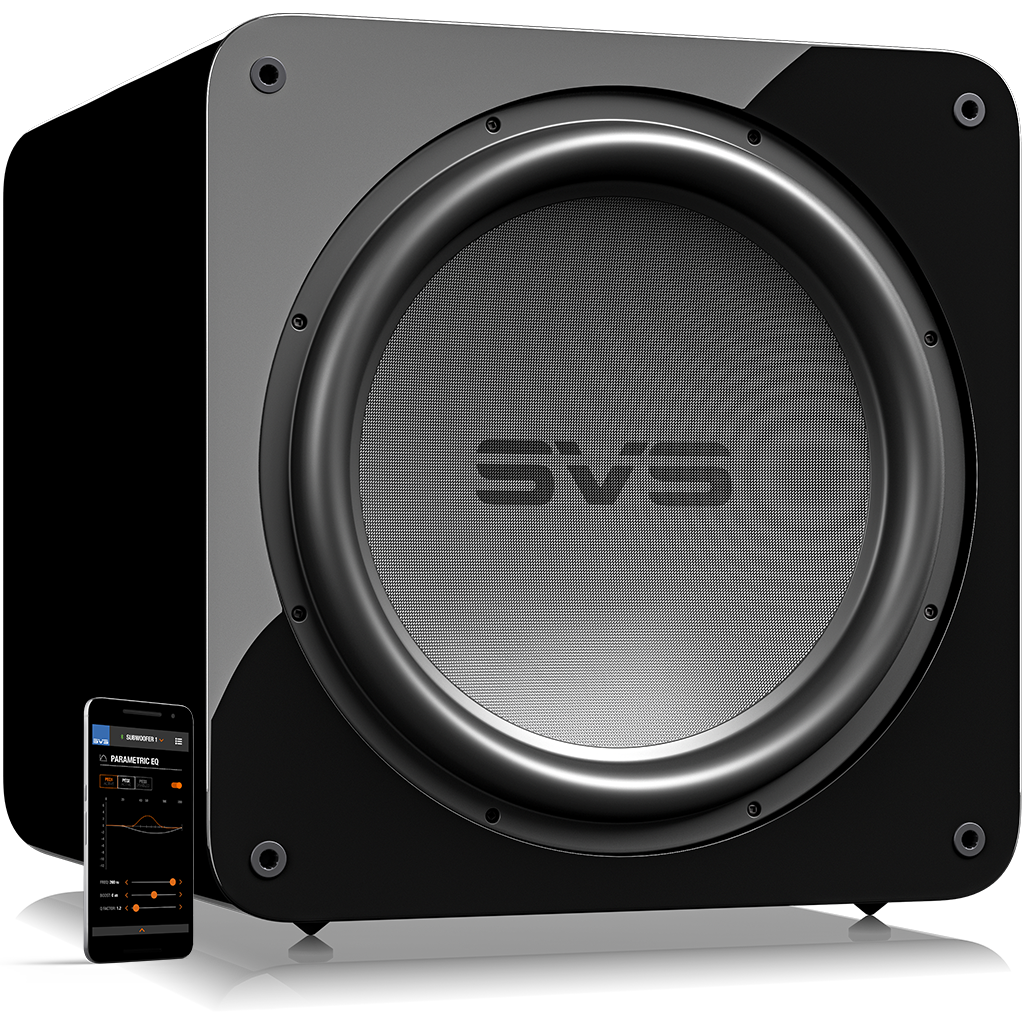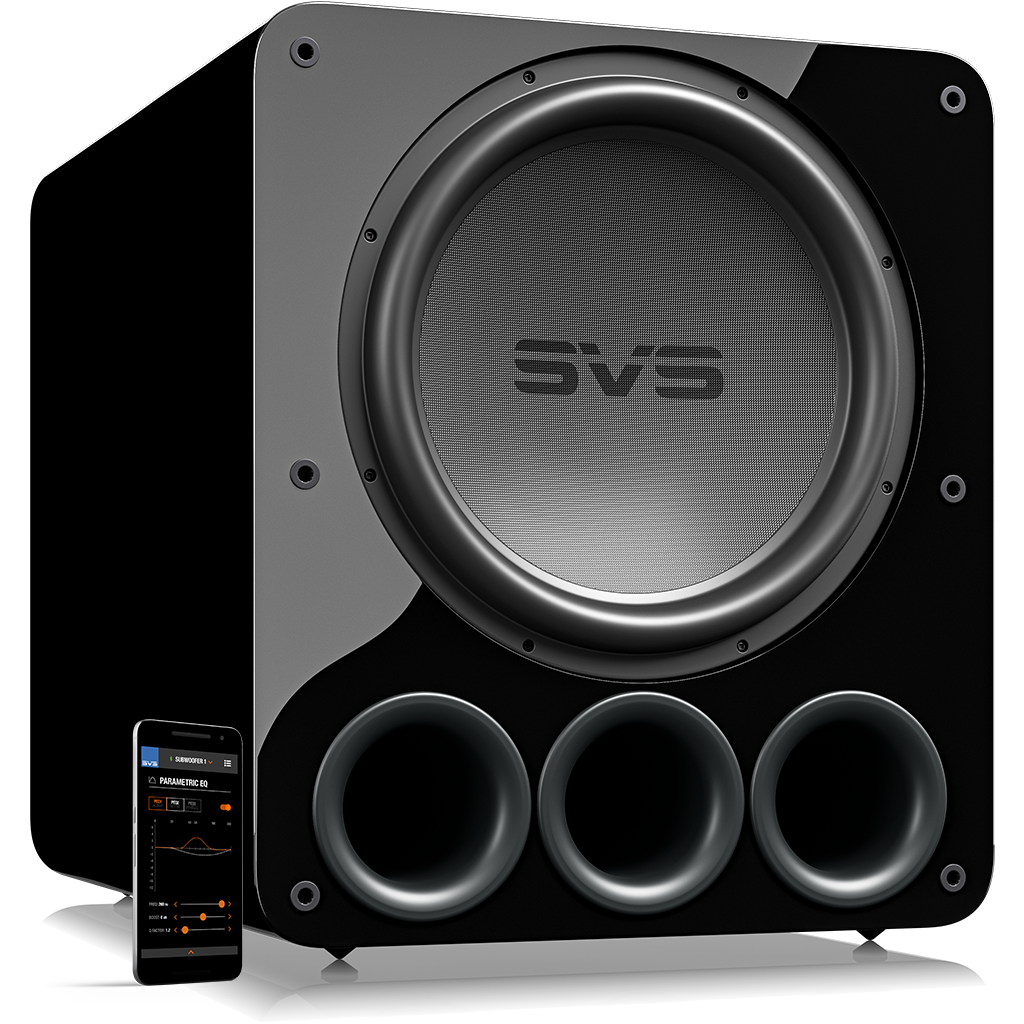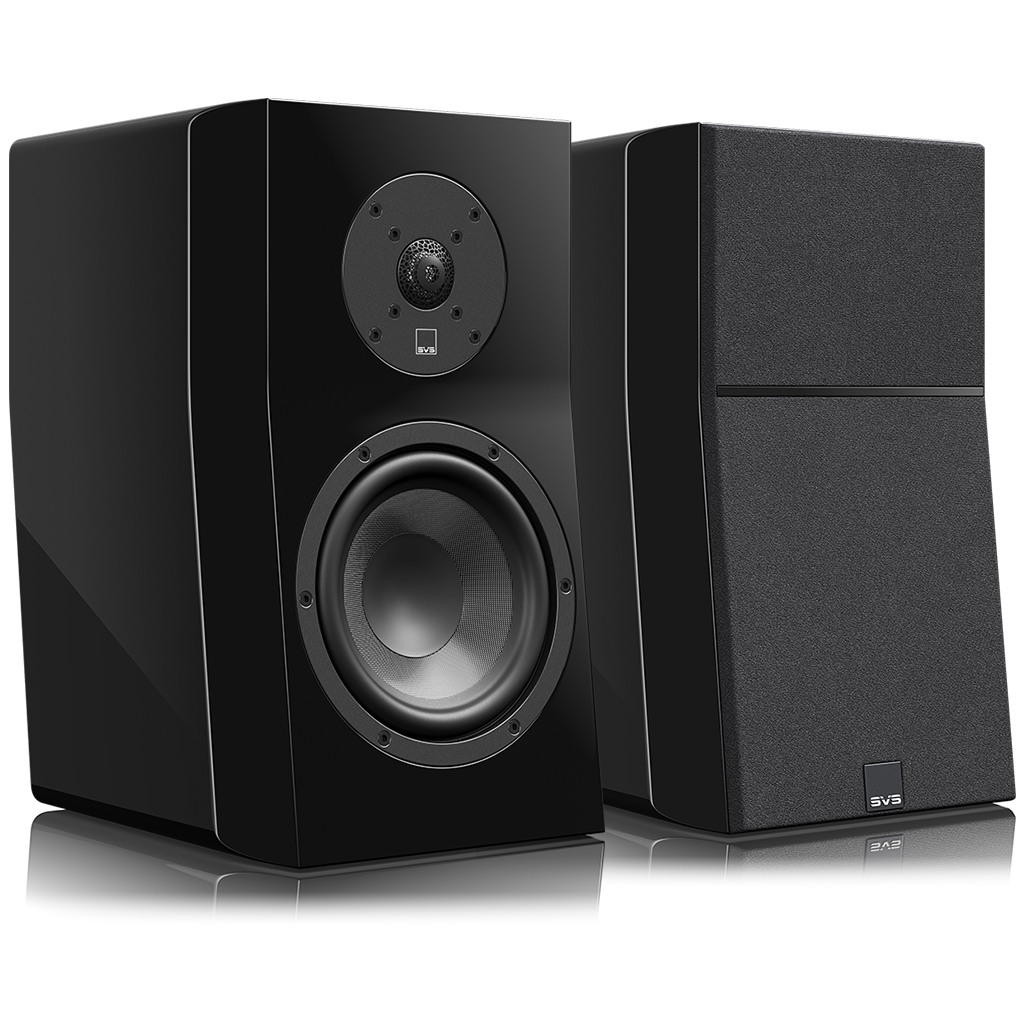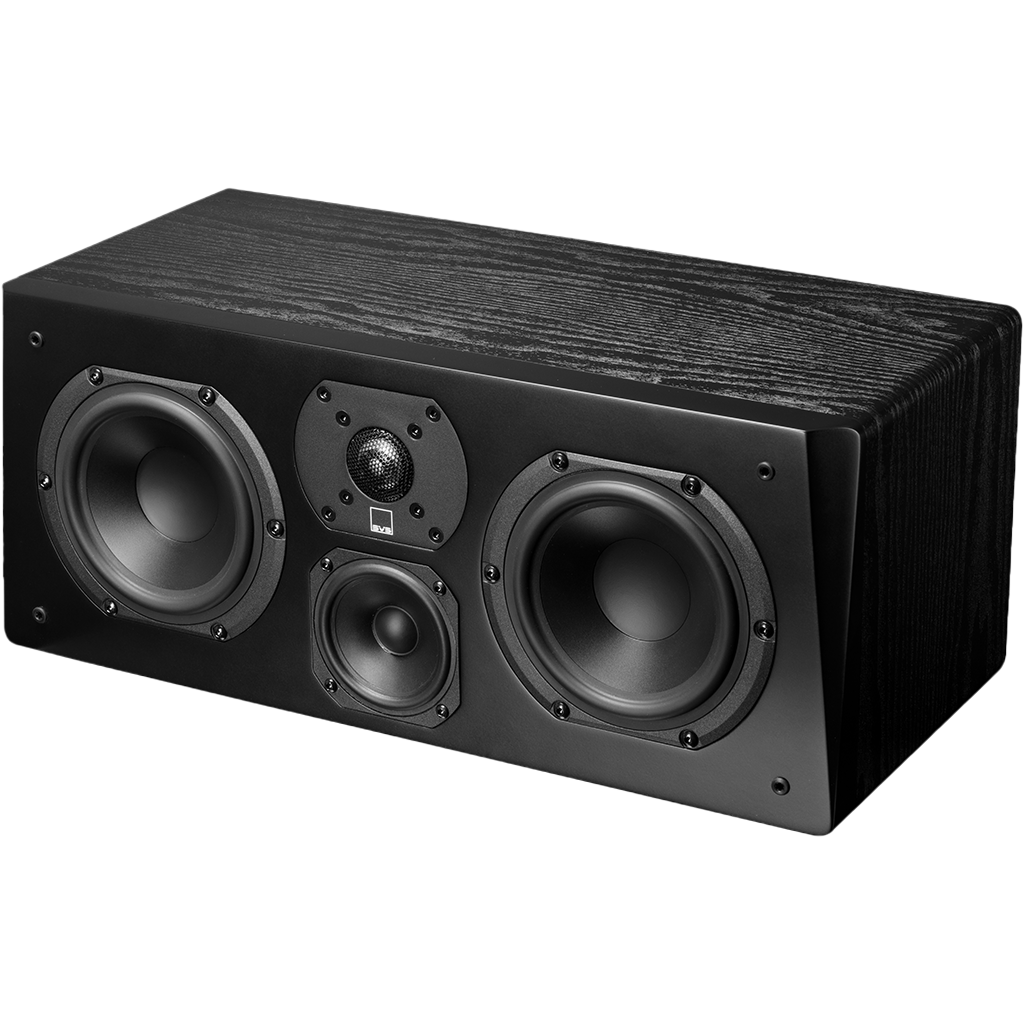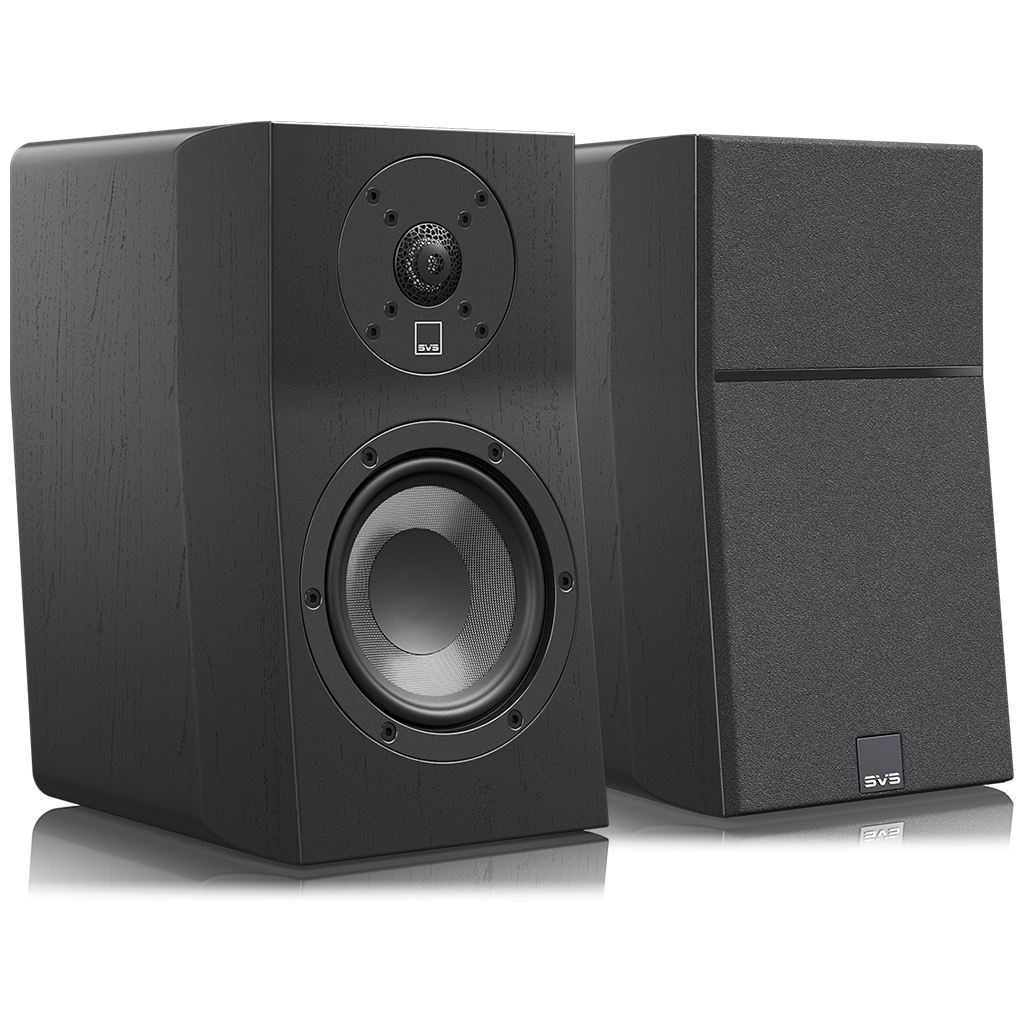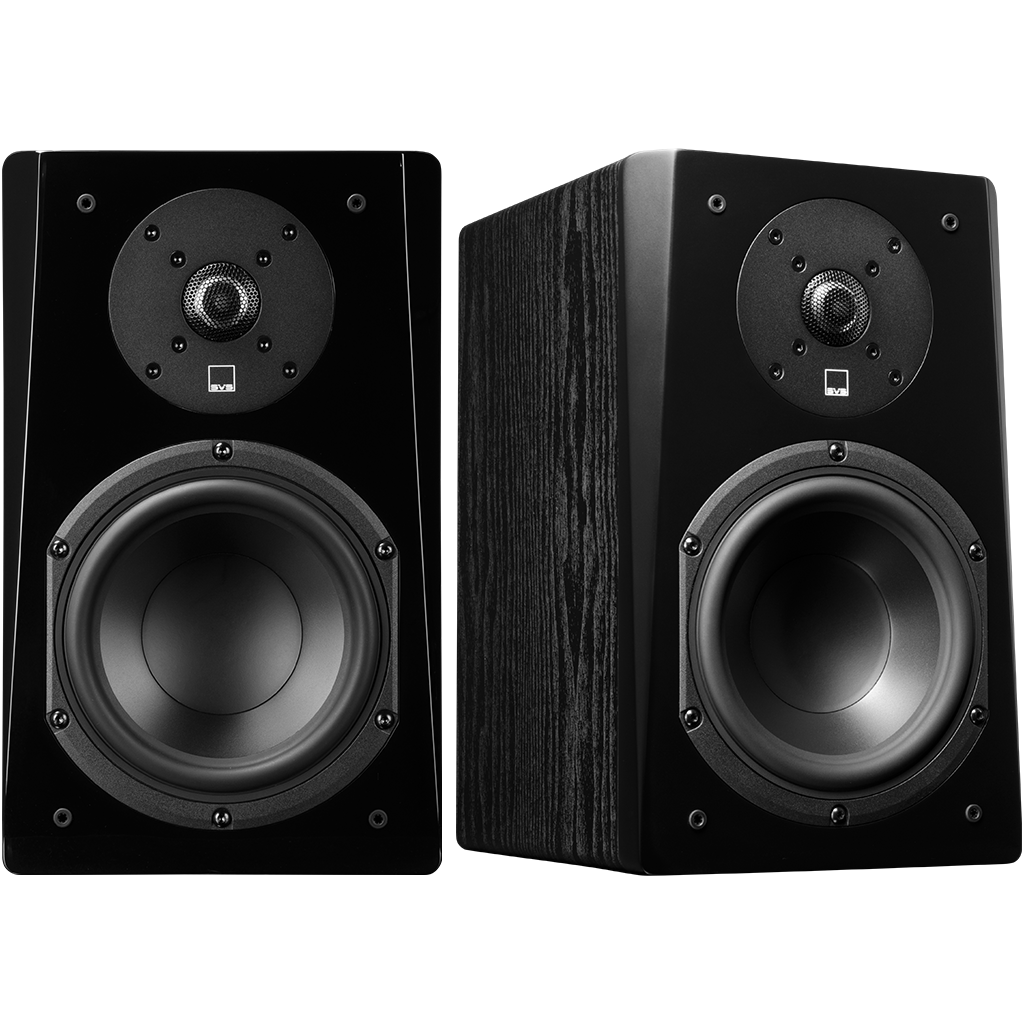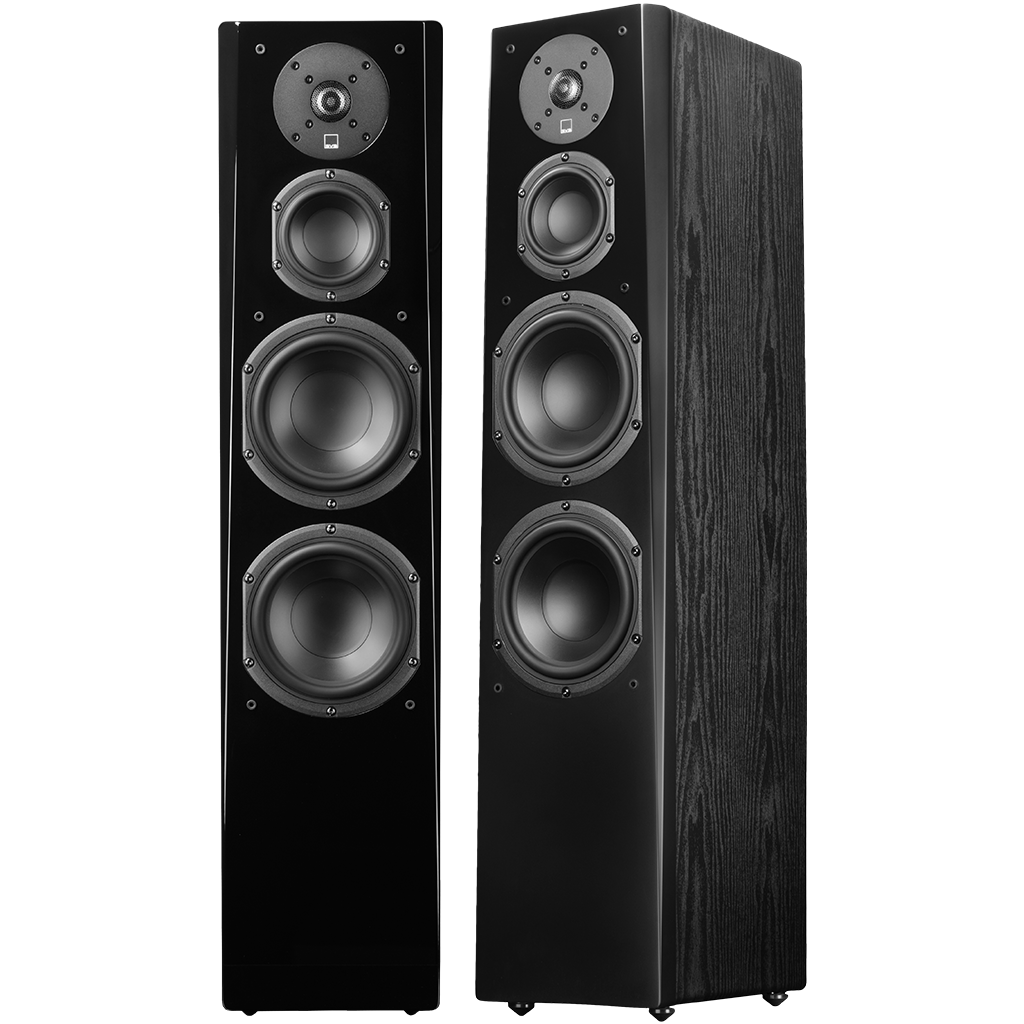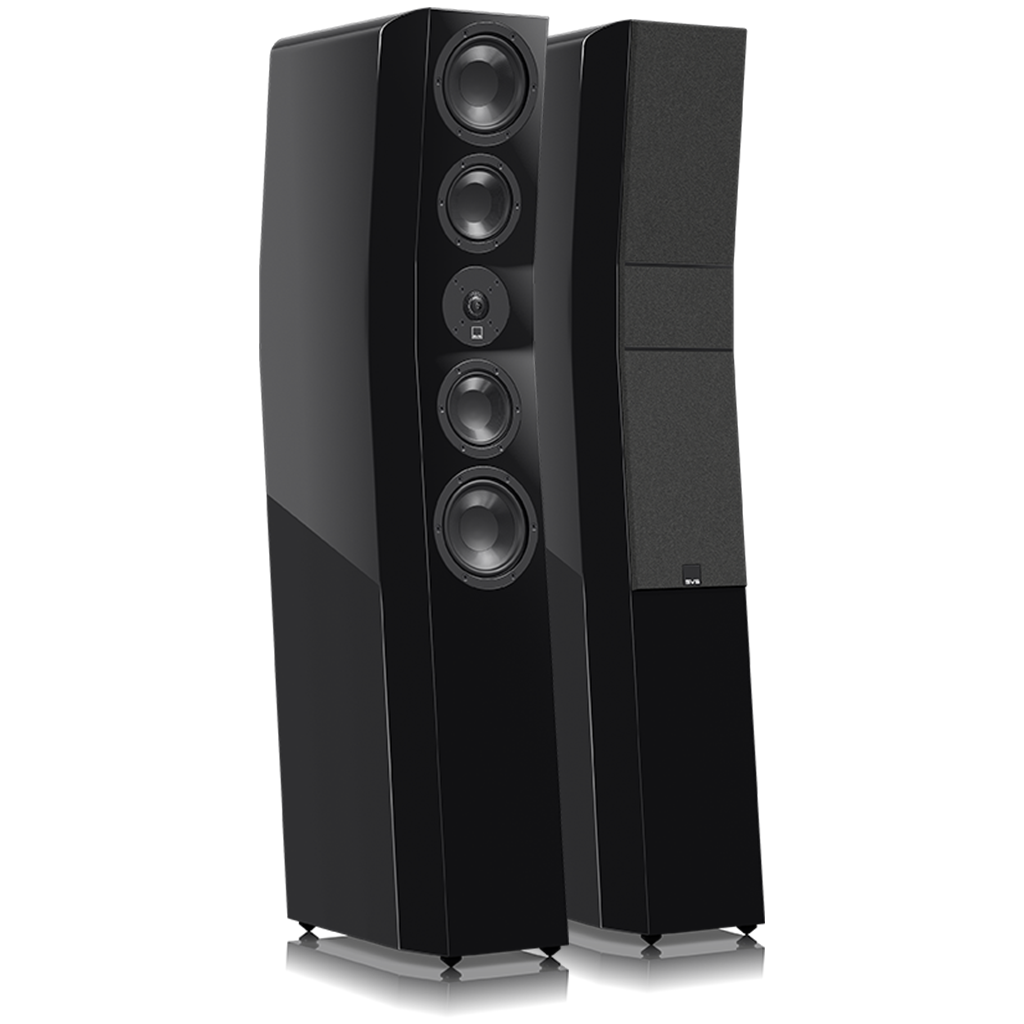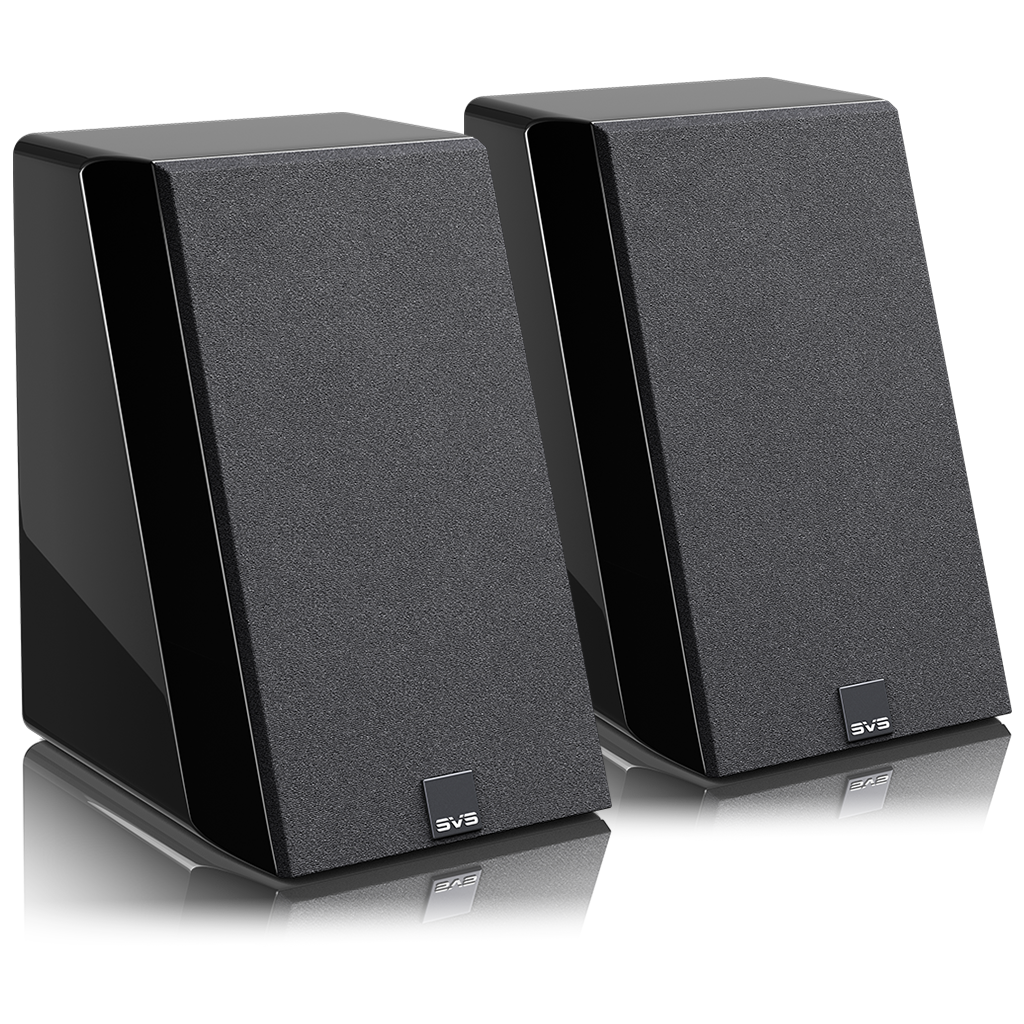Subwoofer Matching and Why Bigger Isn’t Always Best
Adding a subwoofer can be one of the most powerful upgrades you can make to your home theater or stereo system. Only a dedicated subwoofer is capable of producing deep and effortless bass that’s so powerful it can be felt in your sternum, ankles and right through to your core. Many big subwoofers can even play low enough to exceed the limits of human hearing, which many people liken to the feeling of the room breathing. But with so many sizes and specs to choose from, choosing the right subwoofer can end up becoming a major source of anxiety.

The best subwoofers add dimension, impact, excitement, and low-frequency extension without negatively affecting the overall accuracy and believability of your system’s sound. A big subwoofer can do this – and so can a small one. With subwoofers, bigger isn’t necessarily better, but for someone who’s not familiar with acoustics, the reasons for this may not be readily apparent.
To explain why a small subwoofer might sound better in certain environments than a big subwoofer, it helps to understand what a subwoofer is, how subwoofers have evolved, and what elements make for great subwoofer performance.
What is a Subwoofer

A subwoofer is a type of “woofer” – or low-frequency producing loudspeaker “driver” (the disc-shaped part of the speaker that actually produces the sound) – designed to reproduce the very lowest sound frequencies, typically from 20 cycles per second (Hz) to 200 Hz. Subwoofers are indeed a “subset” of woofers, which, when playing on speakers, typically produce frequencies from 60 Hz to 250 Hz.
How Subwoofers Have Evolved
Subwoofers were invented in the 1960s. The first US Patent issued for a subwoofer was in 1964, for a device invented by Raymon Dones of El Cerrito, Calif. that could reproduce distortion-free low frequencies down to 15 Hz and also be contained in a portable enclosure. Marketed in the Unites Stated under the trade name of “The Octavium”, Dones’ device ended up being used by some big-name recording artists in the 60s and 70s, including the Grateful Dead and the Pointer Sisters. Various other versions of the subwoofer came out after this and generally improved upon Dones’ design.

However, it would be decades until the subwoofer became a common component of home speaker systems. That’s because, until the advent and proliferation of “home theaters” in the 1990s, the vast majority of home speaker systems were used for music, and these systems generally produced sound via pairs of large floorstanding (or tower) speakers, each typically housing two large (12- to 15-inch) woofers that could more than sufficiently provide a booming bass sound.
In the 90s the home theater craze began, and audio systems expanded beyond tower speakers to include an army of much smaller, bookshelf speakers or satellite speakers that could be more easily placed in a room to surround the listener and also relied on a subwoofer to provide a full bass sound since the smaller drivers couldn’t produce as much low frequency output.
Elements that Make for Great Subwoofer Performance
Subwoofers can range in size from 3 inches (yes, that small!) to more than 15 inches. Speakers work by fluctuating the air pressure in front of them via vibrations, thus converting electrical signals into acoustical energy, or sound. The lower the frequency, the longer the sound wave, which means bass waves are the longest. This means drivers need to work that much harder to produce bass frequencies in volumes you can actually hear, which is why subwoofer drivers tend be so much bigger than regular woofers or tweeters (high-frequency drivers): the bigger the driver, the easier it is to produce the long-wave frequencies.
The major flaw with drivers measuring 15” and up is that they tend to be less controlled and not as accurate as smaller subwoofers. A large driver/big subwoofer is certainly capable of incredible depth and output, but often it is at the expense of speed in transients and tonal accuracy. This means bass can sound powerful yet bloated or “boomy” as opposed to controlled and detailed. There’s an incredible amount of nuance when it comes to low frequencies and a big subwoofer that just plays loud and deep may not render the details as well as a smaller subwoofer.

In fact, another way to create effortless and powerful bass is by increasing the power, or wattage of the amplifier, so you don’t necessarily need the big subwoofer with the biggest driver to get the best bass, since a robust and sophisticated amplifier design is actually just as important.
To look closer at sound quality and why a big subwoofer isn’t always better than a small subwoofer, let’s examine the three key elements of subwoofer performance:
- Low-frequency “extension”, even at highest volumes – A lot of subwoofers actually don’t have the ability to reproduce the deepest bass frequencies and try to make up for it by exaggerating the mid-bass frequencies. However, a truly great subwoofer will produce ALL the low frequencies, even those that are too low to be heard (and can only be felt), and it will be able to do this even at the highest volumes. Low-quality subwoofers cap their amplifiers’ volume output, which leads to the bass “disappearing” once the volume surpasses conversation level.
- Accurate source content delivery – Unless you’re at a live show, music and sound have to travel through various filters between the actual source – the instrument producing the sound – and the object (ie, your ear). On this journey, sound can get diminished, enhanced, altered, tweaked, or otherwise changed in some essential manner that takes away from the experience the musicians and the music producer intended. Even the untrained ear can hear the difference between boomy “one note” bass and a full bass sound that resonates inside your chest cavity. A great subwoofer, whether big of small, adds no sonic signature and is completely faithful to the source content, including starts and stops or what’s known as “transients”.
- Seamless blending – Subwoofers should blend seamlessly with the other, full-range speakers in your system, including the satellite and tower speakers, and never draw attention to the bass alone.

Why Your Subwoofer Doesn’t have to be the Same Brand as Your Speakers
Apart from size and the idea that a big subwoofer is better, another common fallacy is that the best subwoofer match for a speaker is one made by the same manufacturer. The reality is that speakers have specific voicing characteristics which give each model a distinct sound, so choosing the best speaker is, to some extent, a subjective decision based on your tastes. Conversely, choosing a great subwoofer match for your speakers is also an objective decision in the sense that a subwoofer should perform precisely as described above. You should always look for these performance characteristics.
Bottom Line: Just Listen
If it sounds good, it IS good. As with any type of speaker you are selecting, let your ears and personal preferences be the judge. From strumming bass guitar riffs and drum beats to the most complex and demanding movie sound effects, a great subwoofer reveals deep layers of sound a speaker is simply not equipped to handle. And remember: While some subwoofers merely add bass, a truly great subwoofer elevates the listening experience in a unique and visceral way.
The only way to be certain about the subwoofer you’re considering is to listen to in the environment you are planning to use it in. That’s why SVS offers a 45-day in-home trial with free shipping both ways, so you can judge for yourself. And remember to experiment by placing the subwoofer in different places in the room – walls and their density/material, positioning, and proximity to the loudspeaker(s) have a huge impact on sound quality.
SVS makes a variety of home audio subwoofers to fit every room, audio system and budget. Browse all SVS subwoofers and use the compare tool to look at features and specifications side-by-side as you choose the best subwoofer for your system. Have questions? Our Sound Experts are available 7 days-a-week to help you choose the best subwoofers based on your set-up and listening preferences.


